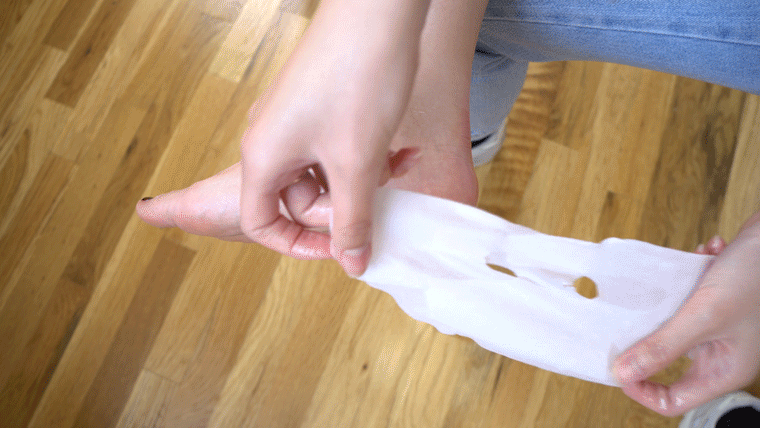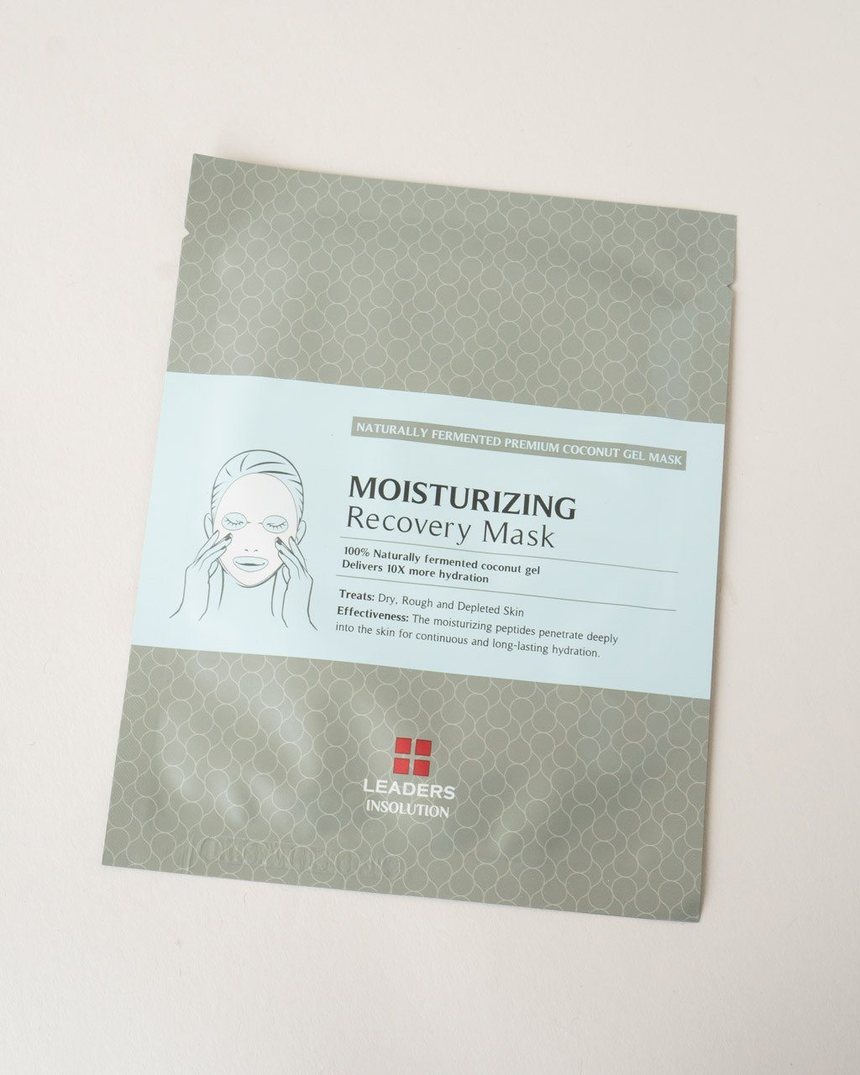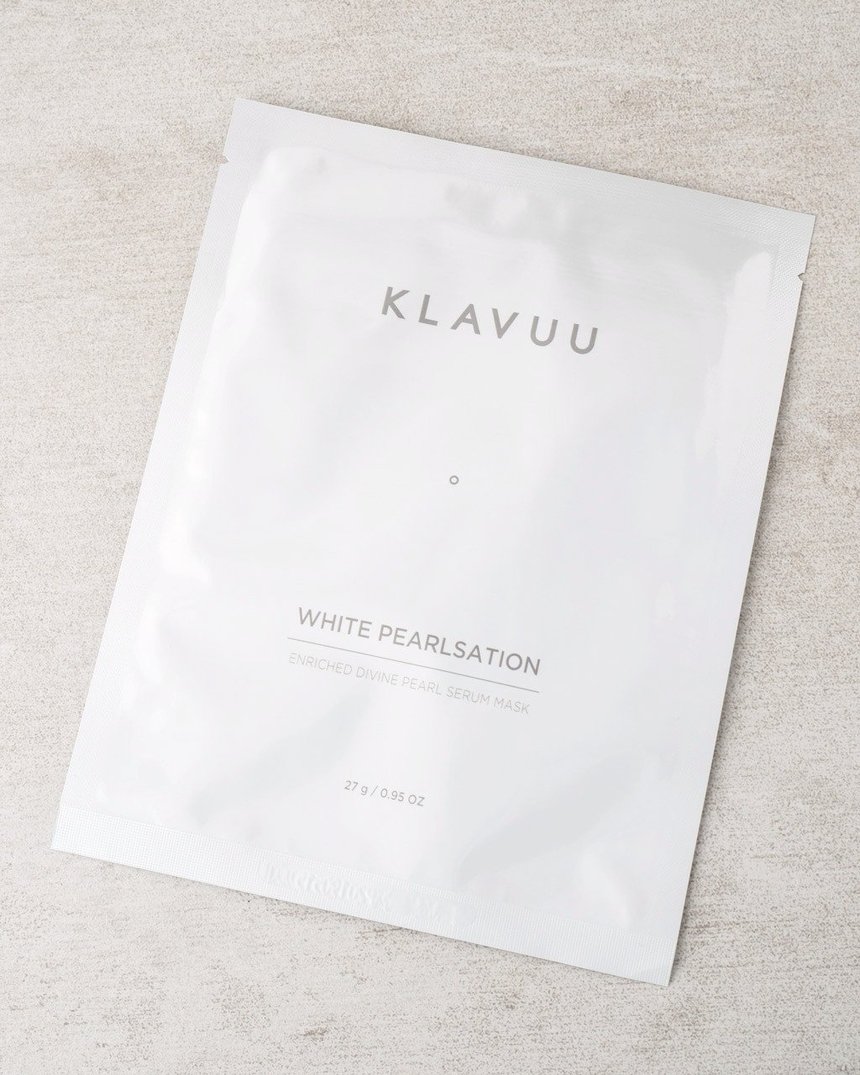These sheet mask hacks will make sure that you’re using up every bit of goodness in that pouch!
The first time I used a sheet mask I remember thinking two things: First, how amazed I was by the results, and second, how wasteful it was that I had to throw away the sheet and the remaining essence in the pack after just one use. I always felt like there was more I could do with the product than just swiping on the remaining essence on my neck and hands.
And well, I was right—there is actually so much more you can do to get the most out of your sheet mask. We’ve compiled our favorite hacks that we love to use below!
Use your sheet mask in the shower
When we wrote an article about why you should never wash your face in the shower, one of our readers left a great tip about using a sheet mask in the shower, so naturally, we had to give it a go. And believe it or not, showering with a sheet mask on is one of the best ways to get the most hydration possible out of the mask, especially for people with dry skin.
Here’s how you do it: Once you’ve double cleansed (before showering, of course), apply the mask to your face, making sure you’re using either a bio-cellulose or hydrogel mask. (Microfiber masks aren’t great for this because they can slip off your face and the fibers can attract steam and water, which can begin to collect in the mask, especially along the chin.) Bio cellulose and hydrogel masks literally stick to the face and don’t absorb water, so they are a great option. I love using Leaders’ Bio Cellulose masks, like the Moisturizing Recovery Mask, because these babies cling to your skin.
In the heat of the shower steam, your pores open up and are even more receptive to the mask and its essences. Because of this, your skin will end up feeling extra invigorated and hydrated. It can be a bit tricky to keep your chin up and avoid the water spraying on the mask, but after we tried it, we decided it was totally worth it.
Use the mask on other parts of your body
Once you’ve finished using your mask on your face, there’s a whole side that has yet to come in contact with skin, and there’s undoubtedly some remaining essence. To make the most of this remaining product, fold the mask in half and wrap it around your neck.
If you feel like the mask has started to dry out, pull some of the remaining essence from the pack, apply it to your neck, and then place the mask on your skin. This way your neck will get the moisture and nourishment it deserves. Microfiber masks are great for this since they’re malleable and easy to apply. We used the Klavuu White Pearlsation Pearl Serum Mask:

Alternatively, you can fold the mask and place it around the heel of your foot to get rid of calluses. Just cut open the long side of the mask and place the heel of your foot inside so it can absorb the remaining essence. This mini-foot spa ensures you are really using your sheet mask from head to toe:

Apply the essence in the pack before applying the mask
Before putting on the sheet mask, pour the extra essence out of the packet and pat it onto your face, and then place the mask on top of the essence and continue as usual.
This method is far more effective than patting in the remaining essence at the end since the sheet will lock in the excess essence better. This ensures your skin gets that extra boost of hydration and nourishment and you’re really using all the product in the pack with nothing going to waste.
Create a DIY mask with the excess essence
Another way to make the most of that excess essence is to turn it into another mask entirely. Pour the essence into a Ziploc bag and add in a few cotton pads. Seal up the baggie and toss it in the fridge overnight. The cotton will absorb the remaining essence and the next morning you can lay the cotton on your face in any areas that need extra nourishment. This basically replicates the effect of the sheet itself and puts that remaining essence to good use.
Using these sheet mask hacks makes sure you’re milking your mask for every (literal) drop (of essence). Plus, most of these hacks will not only extend the life of your mask but also deliver better results for your skin. Happy masking!
















